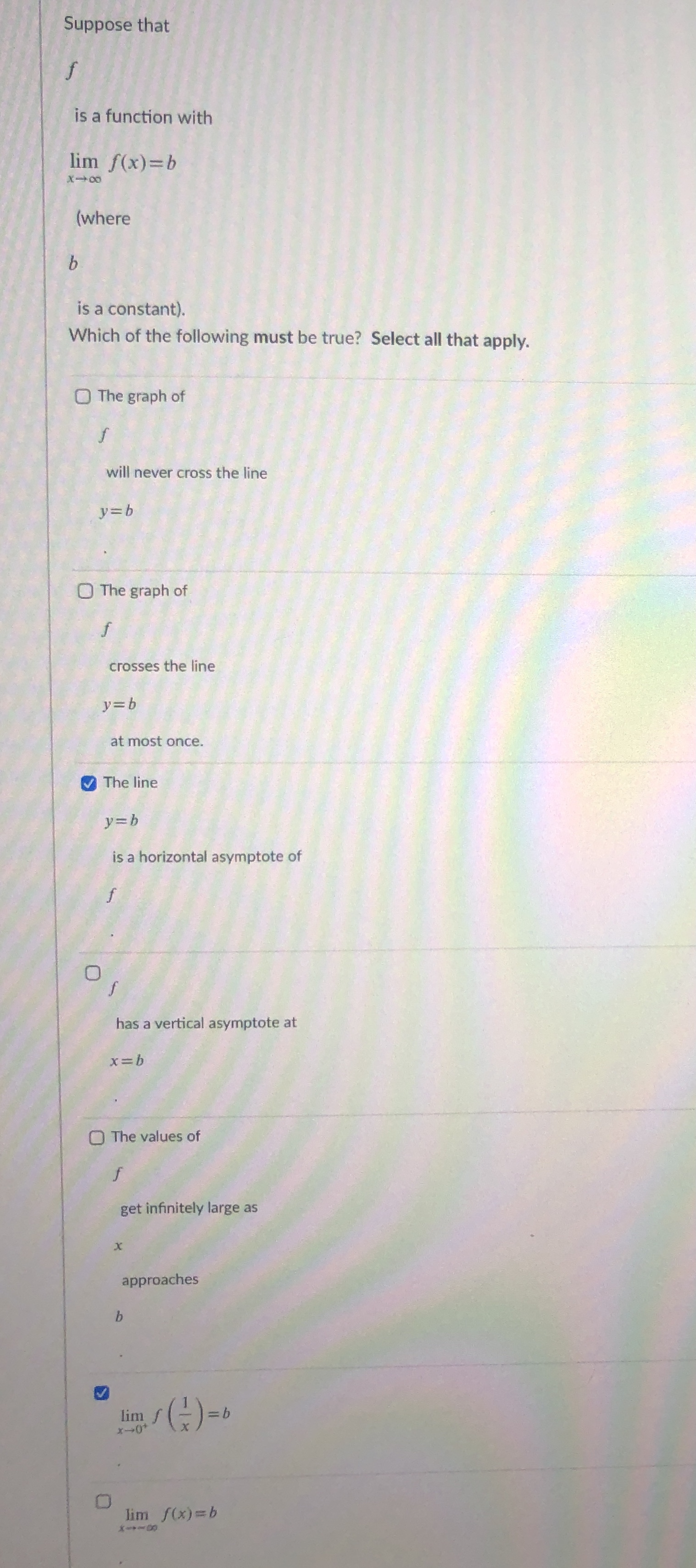Answered step by step
Verified Expert Solution
Question
1 Approved Answer
Please provide clear explanations. Thank you. The TRUE and FALSE statements question has two statements in total (just a reminder in case you miss the
Please provide clear explanations. Thank you. The TRUE and FALSE statements question has two statements in total (just a reminder in case you miss the second statement).


Step by Step Solution
There are 3 Steps involved in it
Step: 1

Get Instant Access to Expert-Tailored Solutions
See step-by-step solutions with expert insights and AI powered tools for academic success
Step: 2

Step: 3

Ace Your Homework with AI
Get the answers you need in no time with our AI-driven, step-by-step assistance
Get Started


